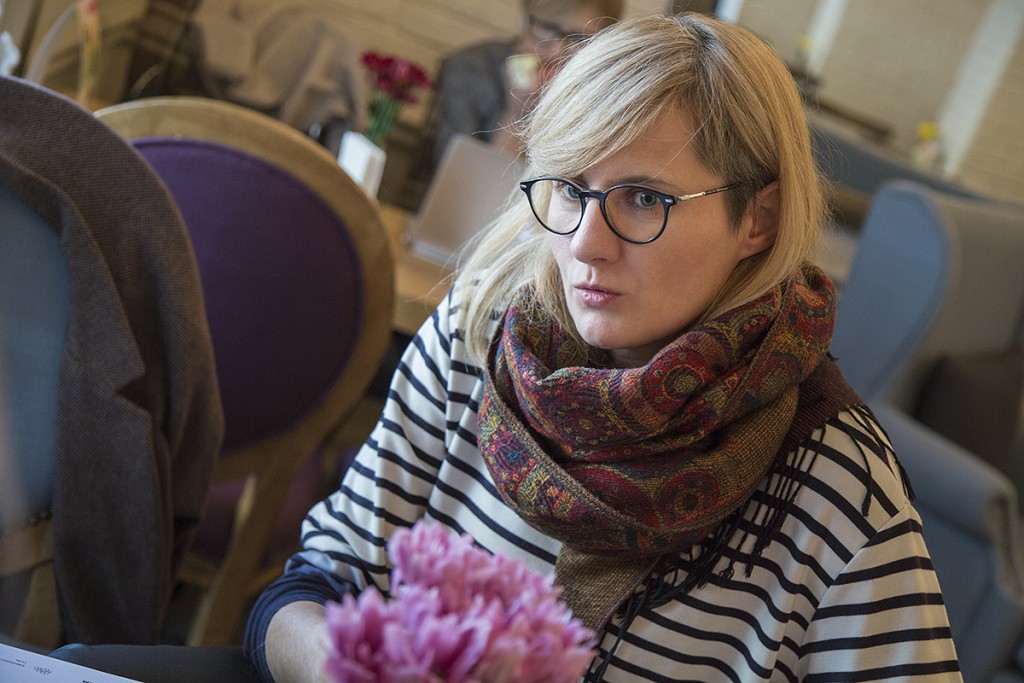ASTANA – In our fast-paced, high-tech daily life, people tend to forget what really matters. “Kinfolk” magazine reminds us of some eternal values and the need to take time to enjoy the little things.
Founded in 2011, “Kinfolk” is a Copenhagen-based, independent publication that explores ways for readers to simplify their lives, cultivate community and spend more time with family and friends. The magazine is international and its content is not geographically tied to a certain country.
Slow living in no way means leaving your responsibilities behind, being a couch potato or smoking bamboo. It promotes correctly prioritising and enjoying life.
“It is about understanding your nature, so that you could live with the tempo and priorities that suit only you. There is no universal format to it,” entrepreneur, Kinfolk online kiosk founder and slow living movement enthusiast Nastia Goncharova told The Astana Times in a recent interview.
The magazine focuses on the artistic side of life, she noted, as the content is accompanied by the lives of creative people, pretty photos, interesting experiments, recipes and inspiring stories.
A studio in Taganrog, Russia received the right to translate “Kinfolk” into Russian and issued the edition for 18 months. Working in partnership, Goncharova initially served as a distributer. Due to financial reasons, however, the publishing house refused to continue the translation and the version is no longer available.
Although the Russian magazine was half the price of the global edition, it was still expensive (3,500 tenge – US$10.70) for the Kazakh market. People were fearful of sending money to strangers at an unknown bank account, so Goncharova opened an Internet kiosk for transparency and for customers to have a clear understanding of the process and products. She also founded an online Kinfolk community.
“I don’t think slow living is one of the movements that will take over the world, but in fact by arranging small gatherings or leading Kinfolk’s Facebook page, although sluggishly, discussions still take place,” she said.
“It is obvious that those who had a corporate life for a long time most often reach a peak where they feel burned out; they are out of inspiration and life is in autopilot mode. Many begin wondering what is going wrong; they have money, career, status but not quality of life because of too many responsibilities, things moving forward too fast, too much technologically and so on. They begin talking, looking for books about self-development, sharing advice and eventually decide how to slow things down for themselves a little,” she added.
Slow living is not as popular in Kazakhstan as it is in Europe. The movement seems to appeal more to intellectuals and those who overcame a crucial moment or crisis and who now opt for a less hectic life. The magazine interests them, as reading it allows them to reflect on the articles. Those who live peacefully and with no significant responsibilities do not have such problems, said Goncharova.
“The most interesting thing that is seen from the original ‘Kinfolk’ magazine is that the very notion of slow living transforms dynamically. The way it was so timid five years ago, the ‘let’s slow down a little and look around’ concept has gone far forwards now,” she added.
Slow living is not about doing things at an unhurried pace; it is about the need to finding one’s own harmony, whether that is food, friends’ gatherings or striving to take more time for what is dear.
Goncharova believes interest in the slow living movement exists in Kazakhstan, but is certainly a niche audience. It is for people who work and travel a lot and think about the quality of life, those in constant search of a creative way to navigate life.
About 150 copies of the Russian issue published every three months used to sell out across Kazakhstan. Some issues even needed reordering.
Since last summer, Goncharova has been offering only the original English language edition. The cost is 7,500 tenge (about US$23), quite a significant price for many people.
“Despite many young people in Kazakhstan studying abroad or having work experience with foreign companies, they lack reading skills. They all like to flip through, but nobody delves into its written content. Apart from aesthetic looks and dramatic pictures, this magazine has interesting writing and topics. Very few buy the English language magazine, 10 people per season at most,” she added.
Goncharova offers the magazine in Bookla, a small shop in Almaty that sells vinyl music and publications in English. “Kinfolk” updated its website and most of the content is offered on kinfolk.com. Readers can then subscribe if they like the format.
“Plenty of English language literature on the slow living movement is available nowadays. TED speakers have presented theirs speech on this topic many times,” she said.





